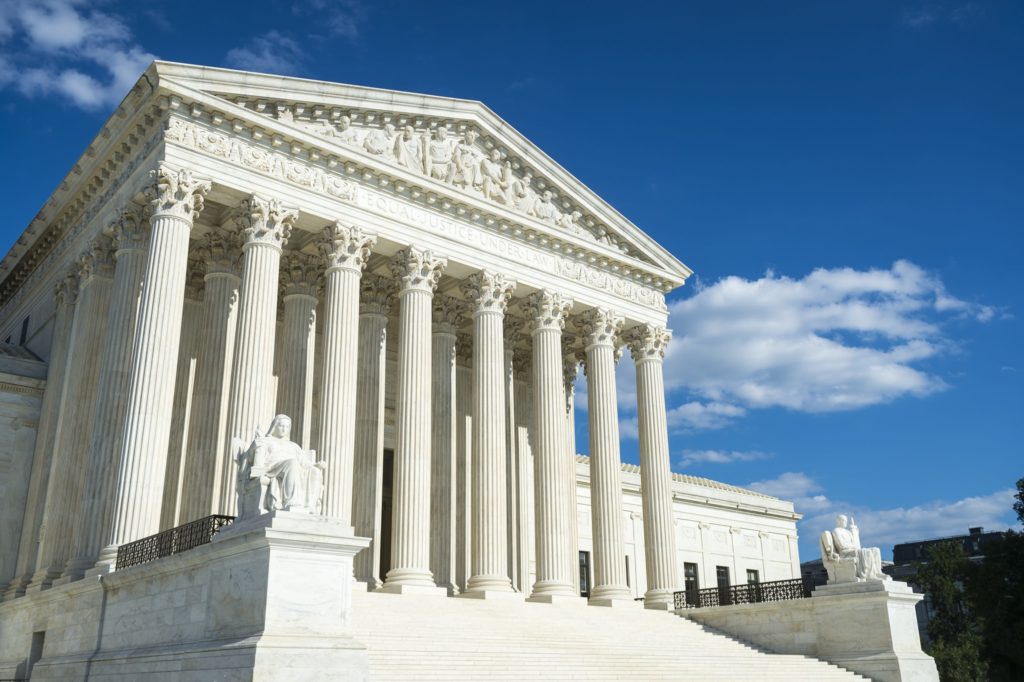Is ridesharing saving lives in Austin?
On March 13, 2014, a car plowed through a barrier in downtown Austin and into a crowd of SxSW festival-goers. The crash resulted in four deaths and two dozen injuries. The driver, who was allegedly intoxicated and fleeing police at the time of the accident, was subsequently charged with capital murder.
While stark, the events of March 13 were only one among numerous examples of just how deadly drunken driving can be. Yet for anyone who has experienced the throngs that fill Austin’s downtown during festivals or on a Saturday night, getting a safe cab ride home can be easier said that done.
Could ridesharing help reduce drunken driving? Logically speaking, the idea makes sense. Increasing the availability of vehicle-for-hire options should make it easier for people to get home when they’ve had too much to drink without getting behind the wheel.
The data appear to back this up. In Austin, there were more than 6,200 DWI arrests between June 2013 and May 2014, before the city enacted a new ordinance loosening restrictions on ridesharing. From June 2014 to May 2015 (mostly after the new ordinance took effect), DWI arrests decreased to about 5,900. Uber itself has also noted that ride requests tend to increase during the same time periods when DWIs traditionally have spiked.
Scholarly work has reached similar conclusions. A recent study looking at data from California found the introduction of ridesharing services like Uber and Lyft into an area was associated with a decline in the number of alcohol-related motor vehicle homicides.
Reducing DWIs is, of course, not the primary purpose of ridesharing. But if availability of these services saves lives by reducing drunken driving, that is surely an important factor that cities should consider when deciding how to regulate ridesharing. In some cities, regulations have grown so burdensome that major rideshare companies have had to suspend operations altogether.
As this research suggests, if options like Uber or Lyft are not available, the alternative may be not a taxi, but something far more dangerous.







